Roofing has evolved significantly over the centuries, from simple thatch roofs used by early civilizations to the advanced materials and technologies available today. Understanding the history of roofing can provide valuable insights into the development of construction techniques and the importance of choosing the right roofing material for your home. In this blog, we will explore the fascinating journey of roofing from ancient times to the modern era.
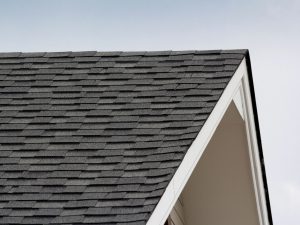
1. Thatch Roofing: The Earliest Form of Roofs
Thatch roofing is one of the oldest known roofing methods, dating back thousands of years. Made from natural materials such as straw, reeds, and grass, thatch roofs were widely used in ancient civilizations, including in Europe, Africa, and Asia. Thatch was favored for its availability, insulation properties, and the ability to shed water effectively.
However, thatch roofing had its drawbacks. It was highly flammable and required frequent maintenance, as the materials would deteriorate over time. Despite these challenges, thatch roofs remained popular in rural areas for centuries and are still used in some regions today, particularly for their aesthetic appeal in traditional or historic buildings.
2. Clay and Slate Tiles: The Advent of Durable Roofing
As civilizations advanced, so did the materials used for roofing. The ancient Greeks and Romans were among the first to use clay tiles for their roofs. These tiles were made by molding clay into flat shapes and baking them in kilns, creating a durable and fire-resistant roofing material. Clay tiles became a standard roofing material in the Mediterranean region and remain popular in many parts of the world today.
Around the same time, slate emerged as another durable roofing option. Slate is a natural stone that can be split into thin sheets, making it ideal for roofing. Slate roofs are known for their longevity, often lasting over a century with proper maintenance. The use of slate spread across Europe and eventually made its way to the Americas, where it became a symbol of wealth and status.
3. Wood Shingles and Shakes: A Popular Choice in the New World
When European settlers arrived in North America, they brought with them the tradition of using wood shingles and shakes for roofing. Wood was abundant in the New World, making it an affordable and accessible material for roofing. Shingles were machine-cut for a uniform appearance, while shakes were hand-split, giving them a more rustic look.
Wood shingles and shakes became the roofing material of choice for many early American homes, particularly in rural areas. However, wood roofs required regular maintenance to prevent rot, mold, and insect damage, and they were also susceptible to fire.
4. The Industrial Revolution: The Birth of Modern Roofing Materials
The Industrial Revolution brought significant advancements in roofing materials, leading to the development of more durable and cost-effective options. The introduction of asphalt shingles in the early 20th century revolutionized the roofing industry. Made from a combination of asphalt, fiberglass, and mineral granules, asphalt shingles offered a lightweight, affordable, and easy-to-install roofing solution.
Asphalt shingles quickly became the most popular roofing material in the United States, thanks to their versatility and wide range of colors and styles. Today, they remain the go-to choice for many homeowners, particularly in areas like Des Moines and Cedar Rapids, where they provide reliable protection against the elements.
5. Modern Roofing: Innovation and Sustainability
In recent decades, the roofing industry has seen a surge in innovation, with the development of materials designed to enhance energy efficiency, durability, and sustainability. Metal roofing has gained popularity for its longevity and ability to reflect solar heat, reducing energy costs. Solar shingles, which combine the benefits of traditional shingles with solar panels, offer a cutting-edge solution for environmentally conscious homeowners.
Green roofing, which involves the installation of vegetation on rooftops, is another modern trend that provides insulation, reduces stormwater runoff, and improves air quality. As concerns about climate change and energy efficiency continue to grow, the demand for sustainable roofing solutions is expected to increase.
Conclusion: The Evolution Continues
The history of roofing reflects the ingenuity and adaptability of human civilization. From the humble thatch roofs of ancient times to the advanced materials and technologies of today, roofing has come a long way. Understanding this history can help homeowners appreciate the importance of selecting the right roofing material for their homes.
If you’re considering a new roof or need an inspection, contact Robison Roofing & Construction for a free, no-pressure estimate and consultation. Our team is dedicated to providing quality roofing solutions that meet the needs of homeowners in Des Moines and Cedar Rapids. Let us help you protect your home with the best roofing materials available today.
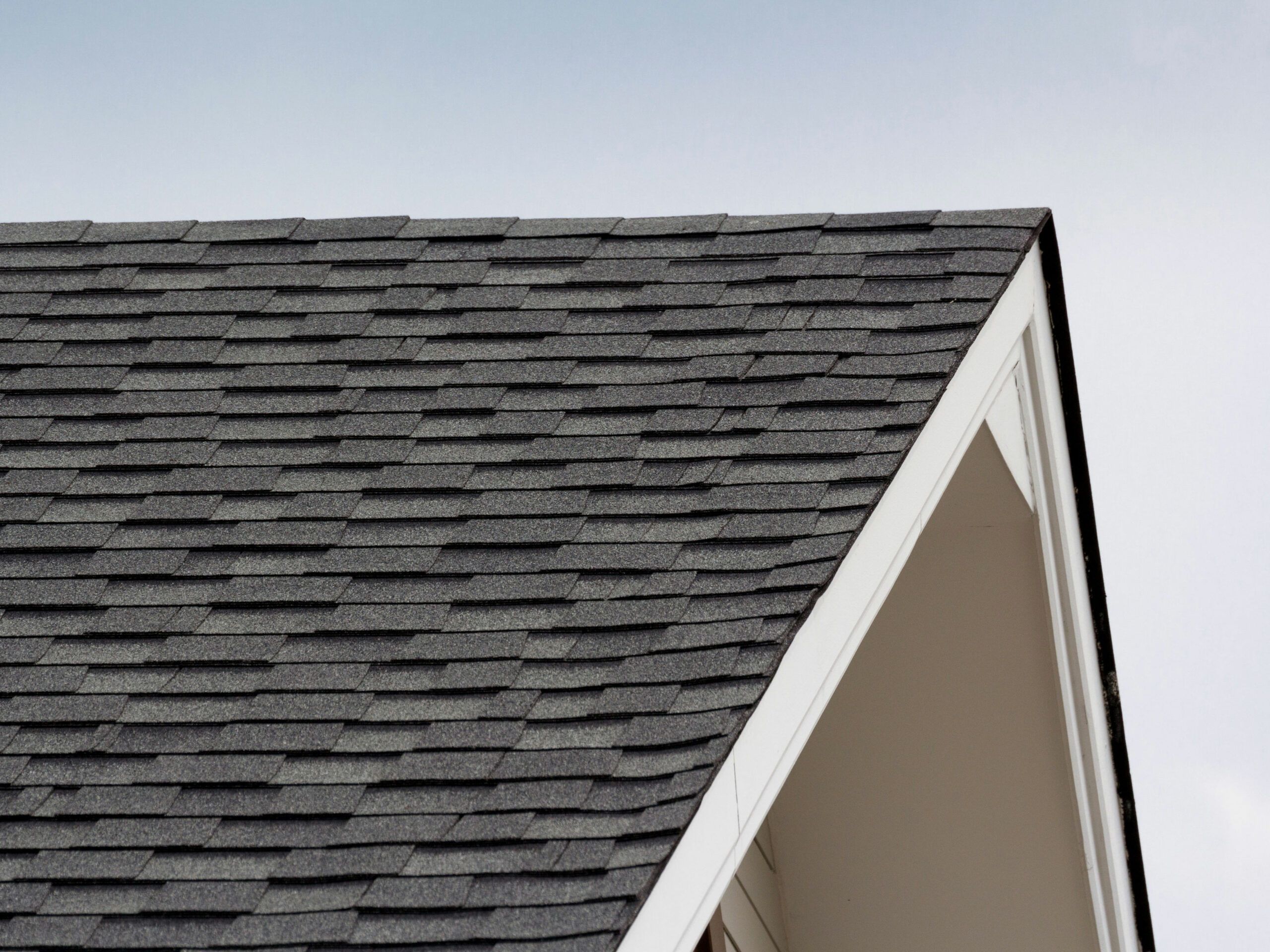
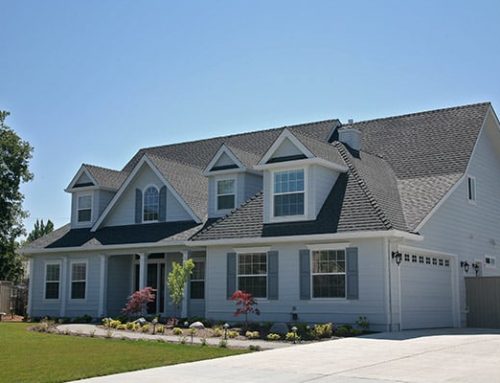
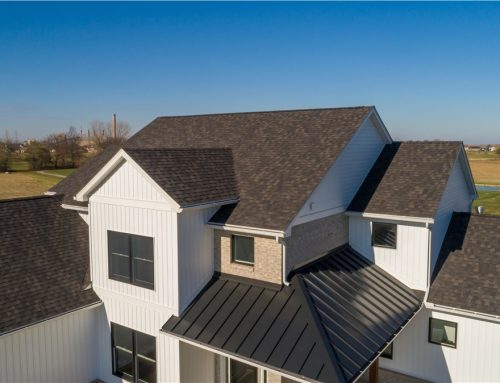
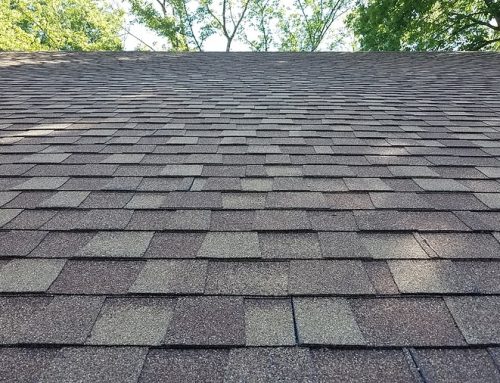
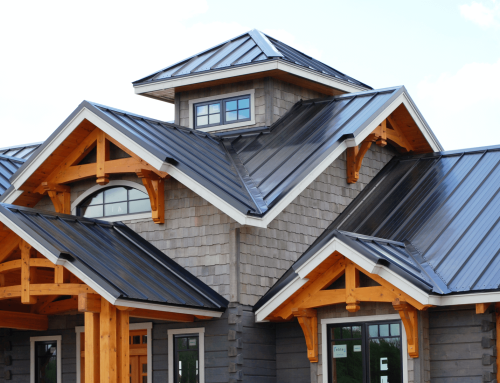
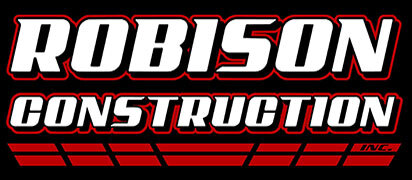

Leave A Comment